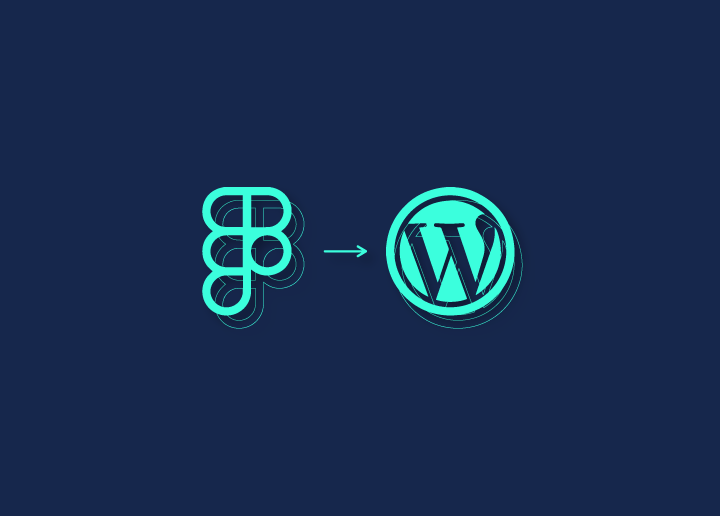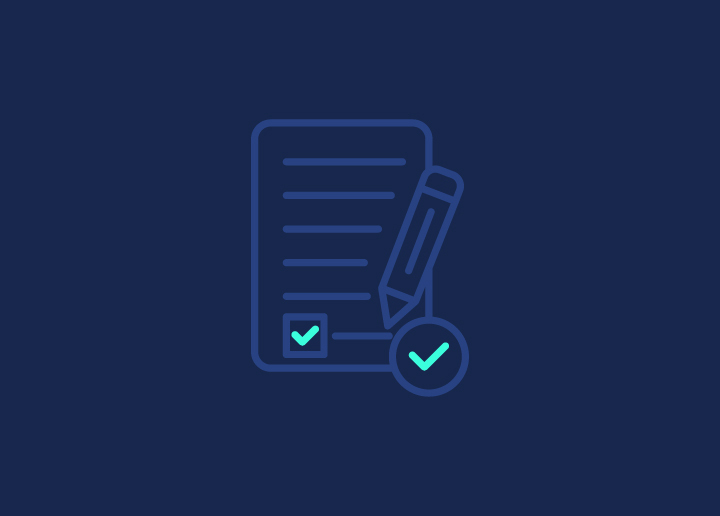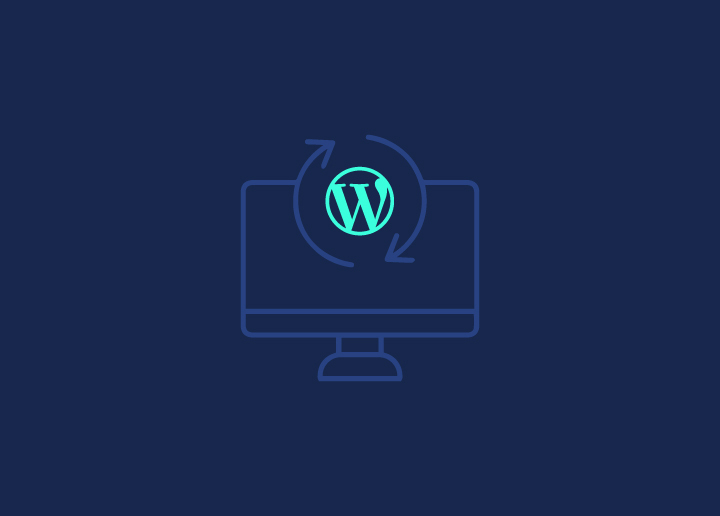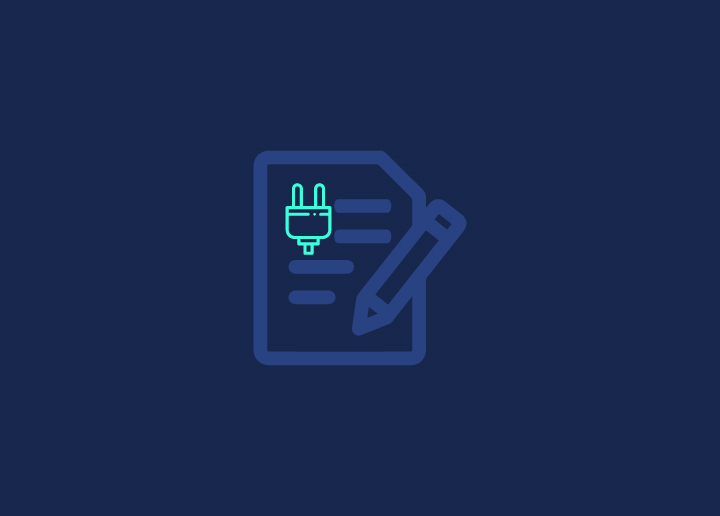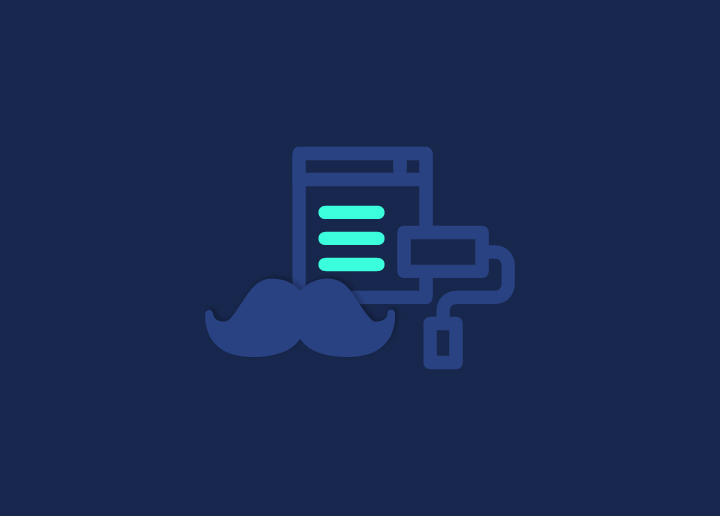A relative path sometimes referred to as a non-absolute or fractional path, is a URL containing only a portion of the whole path.
For example, beginning from the current directory, the hierarchical path discovers a directory or file on a file system. The entire site is linked by its relationship to the directory.
The relative path differs from the absolute path, which searches for a file or folder starting at the file system’s root. Because they involve less input and take up fewer characters, these shorter addresses are helpful for constructing web pages.
The domain name isn’t included in a relative URL; only the part after it is. When a browser discovers a URL like this, it assumes it belongs to the same domain as the one hosting it and handles it as such. So, rather than typing:
www.abc.com/sample
Instead, you’d write:
/sample
The first example is an “absolute” URL, whereas the second is a “relative” URL.
Advantages of using Relative Path
When a physical disk has various drive letters for different users, relative routes are useful for shared indexes on networks. Some users may see a drive as “S:,” whereas others may see it as “T:” If the documents and the index are on the same disk, “dtSearch” can use relative paths to avoid drive mapping issues.
Publishers of text databases who want to offer an indexed text bundle can also use relative paths. Users can easily install the package in any folder on any drive if the relative paths option is used to create the index.
The index directories are stored in the table of indices about the index library’s location in the index library.
Disadvantages of using Relative Path
Issues resulting from the usage of relative URLs are numerous but let me show you a few examples:
1. A completely indexed test environment
Using relative URLs in your menu structure can lead to significant duplicate content concerns if one incorrect link in your content leads to an entire test environment being spidered and crawled.
2. Relative canonical URLs
Using relative canonical URLs might also cause problems. You canonicalize URLs when you specify the “ideal” URL for information on your website. If you use relative references and an indexed subdomain or test environment, you’ll find yourself dealing with many versions of the same piece of information… you can see how this would be difficult for a search engine to handle.
3. URLs that are protocol-specific
The so-called protocol-relative URL is another issue. This URL does not begin with http:// or https://. Using protocol-relative or canonical URLs within links is a bad idea, however, since duplicate content concerns may persist between HTTP and HTTPS versions of a website.
Conclusion
However, the best solution to overcome the difficulties of using the relative path is to use the absolute path wherever feasible. Hope you have found this post useful. Do not forget to reach out in case of queries.
Get more related articles on WordPress best practices, troubleshooting techniques, and other tips on our blog page. Visit our glossary page to learn about all WordPress terminologies and other basic definitions.
However, we at Seahawk Media provide the best of all the services to meet your end-to-end WordPress needs. Contact us or check our blog page for more insights.








